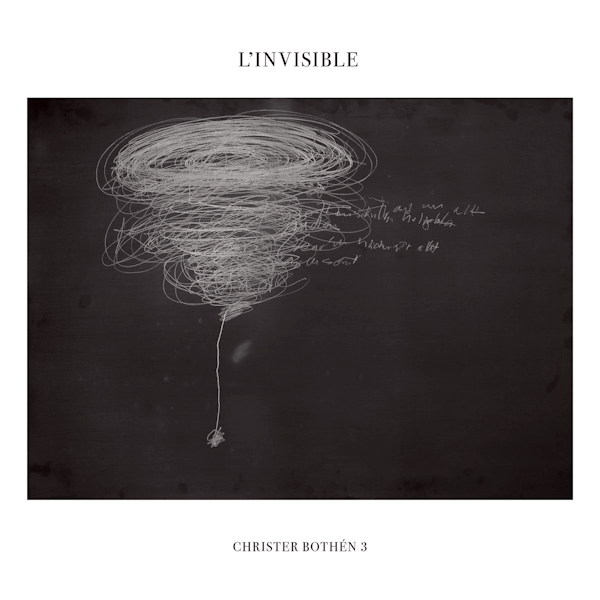We have curated 10 standout albums from some of the most impressive releases of the year: the best jazz albums of 2008. These selections represent a mix of innovative compositions and masterful performances that defined jazz in 2008. You can listen to all the tracks directly on Spotify or via the players below.
The tracks are listed in no particular order, allowing you to explore the diverse sounds that shaped the jazz scene that year.
Read More









